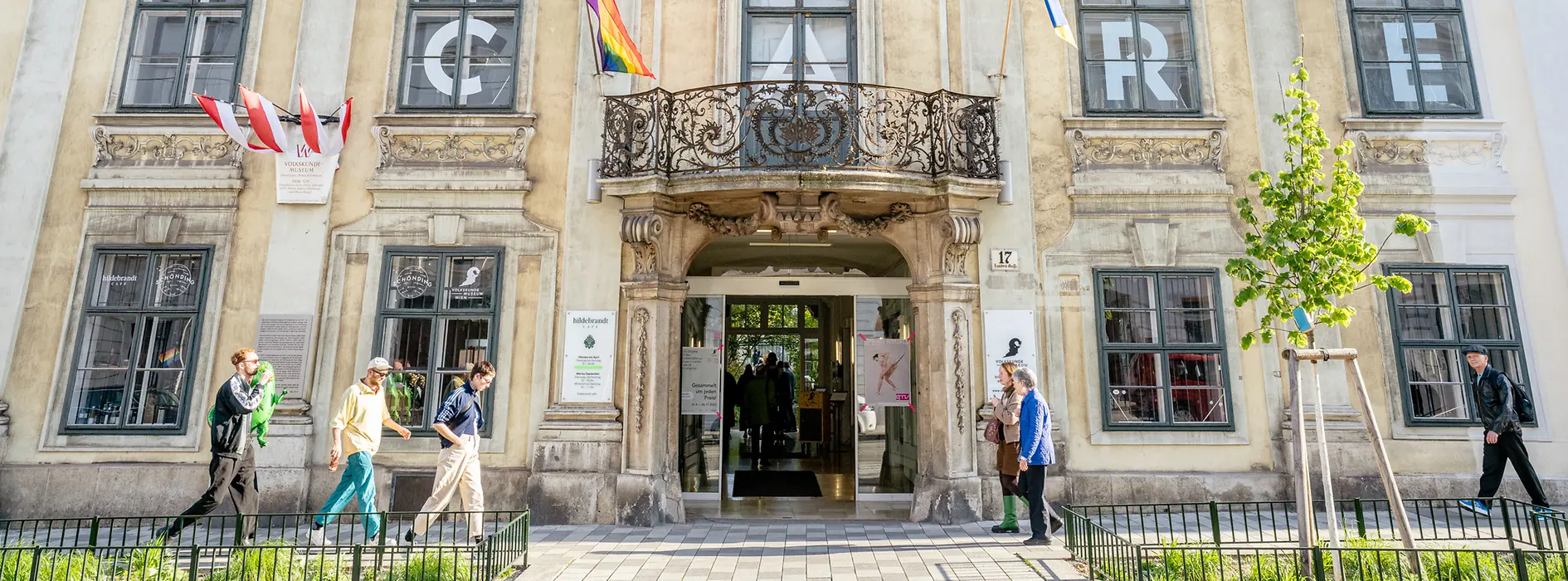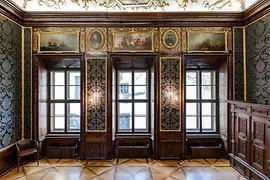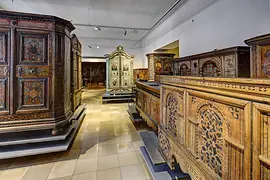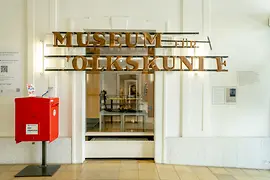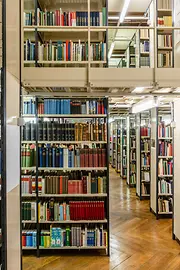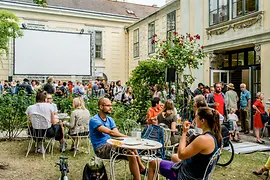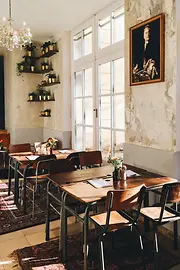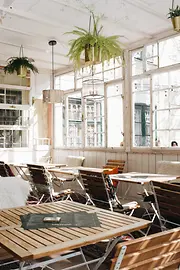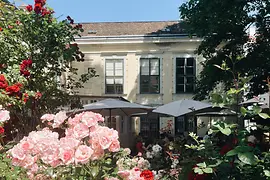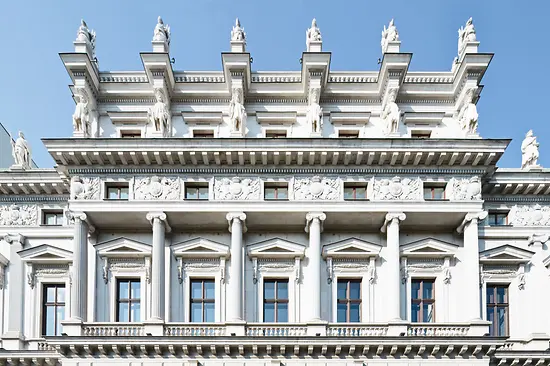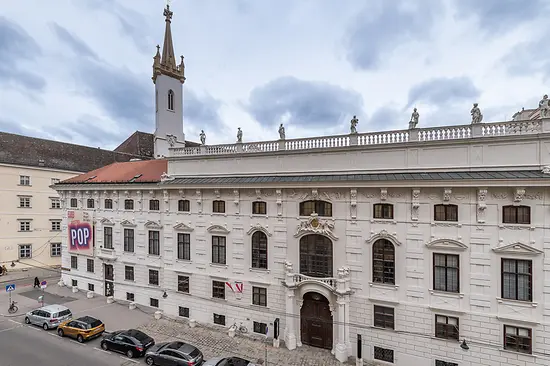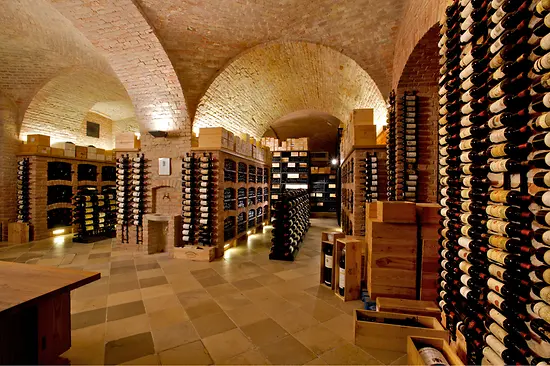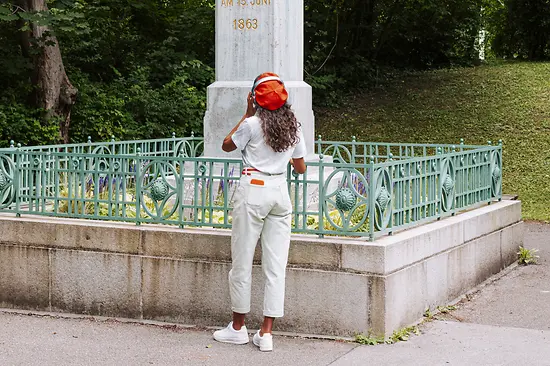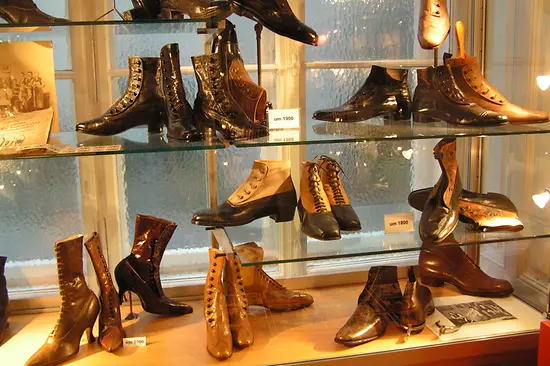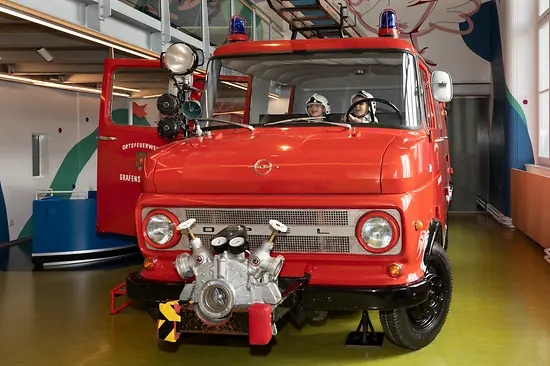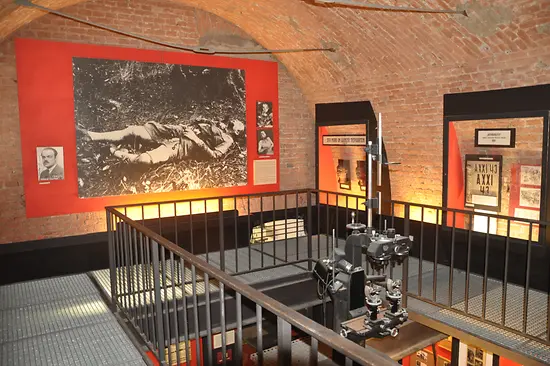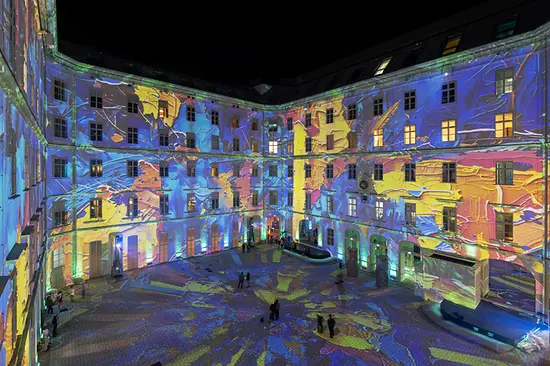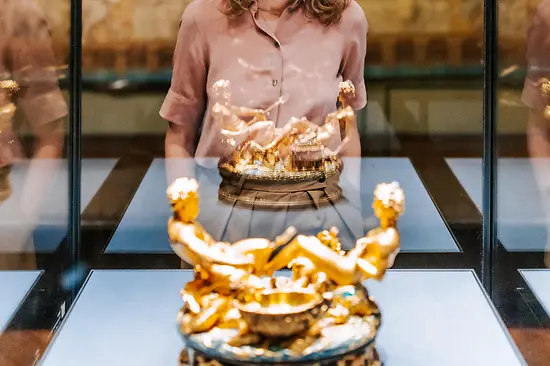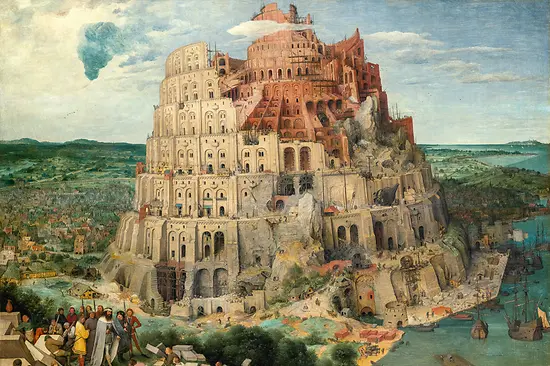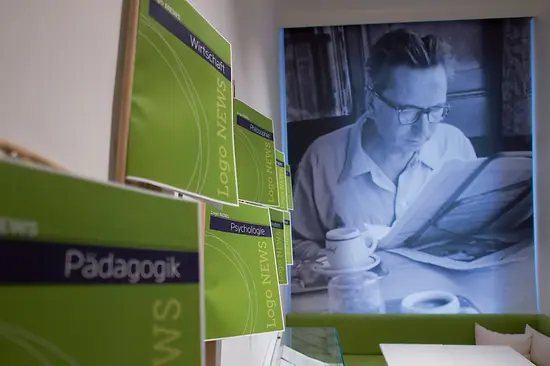Austrian Museum of Folk Life and Folk Art
The Austrian Museum of Folk Life and Folk Art, one of the world's largest ethnographic museums, has an extensive collection of folk art. It aims at presenting Europe's historical and contemporary everyday cultures. The museum was founded in 1895 at the time of the Imperial and Royal Monarchy and was originally housed in the grand hall of the Vienna Stock Exchange. In 1917, it relocated to the magnificent Baroque Schönborn Garden Palace in Josefstadt, which was commissioned by Friedrich Carl von Schönborn in 1706 and constructed by Lukas von Hildebrandt, the builder of many of Vienna's magnificent buildings, such as the Belvedere.
The museum, library, store and café are currently closed for renovation work. During the renovations, the museum relocates its activities to the Otto Wagner Areal.
The basic inventory of the museum's extensive collections still hails from the time of the Habsburg monarchy. Today the holdings consist of more than 300,000 objects. On display are many items that above all tell us a lot about the users and their daily lives. As do the objects: Furniture, ceramics, and household goods await the visitors, as do textiles, tools and masks of every kind.
Regular special exhibitions and various events are offered in addition to the permanent collection. The museum also has a specialist library with around 100,000 volumes and an online collection. There is a deliberate focus here on lively and challenging approaches. Mediation programs and participatory offer are intended to encourage social interaction and discourse.
Soya at Schönborn Garden Palace
Apart from collecting and exhibiting, the area of research also plays a big role at the Austrian Museum of Folk Life and Folk Art. Since 2018, one of its research projects has be dedicated to the soy bean and its victory march around the world, which in turn is closely connected with the Austrian Museum of Folk Life and Folk Art. Because after soy was presented abroad for the first time by Japan at the 1873 Vienna World's Fair, the "European soy pioneer" Friedrich Haberlandt began cultivating soy at Schönborn Garden Palace from 1875. The newly founded University of Natural Resources and Applied Life Sciences was also based there at the time. Learn more about this exciting (also digitally prepared) project online.
Sampling, browsing and leaning back
A visit to Schönborn Garden Palace in worthwhile in several respects. Because the place invites you to do more than just visit an exciting museum. The wonderfully cozy Hildebrandt Café on the ground floor, named after the palace's architect, serves regional delicacies. A feel-good oasis with a view of Schönborn Park.
Also particularly charming is the Mostothek: Vienna's first and only alcoholic fruit juice association invites you into the courtyard on selected days to sample juice, alcoholic fruit juice, cider, and sparkling varieties made from apples and pears. In the SchönDing Shop, there are nice, naughty, and useful things to buy as well as reading material. And for film-lovers, the dotdotdot short-film festival is held in the idyllic garden every summer.
- Laudongasse 15-19, 1080 Wien
- office@volkskundemuseum.at
- https://www.volkskundemuseum.at
Opening times
- Tu - Su, 10:00 - 17:00
Currently closed due to renovation work.
Accessibility
no steps (Automatic sliding doors 180 cm wide)
Parking spaces for people with disabilities
right in front of the museum entrance
Seeing eye dogs allowed
Wheelchair accessible restroom available.
Special tours for visually impaired visitors.
Access to permanent exhibition area and café: no steps, freight elevator to special exhibition rooms (assistance necessary).
- Laudongasse 15-19, 1080 Wien
- hi@hildebrandt.cafe
- https://www.hildebrandt.cafe
Opening times
Currently closed due to renovation work.
